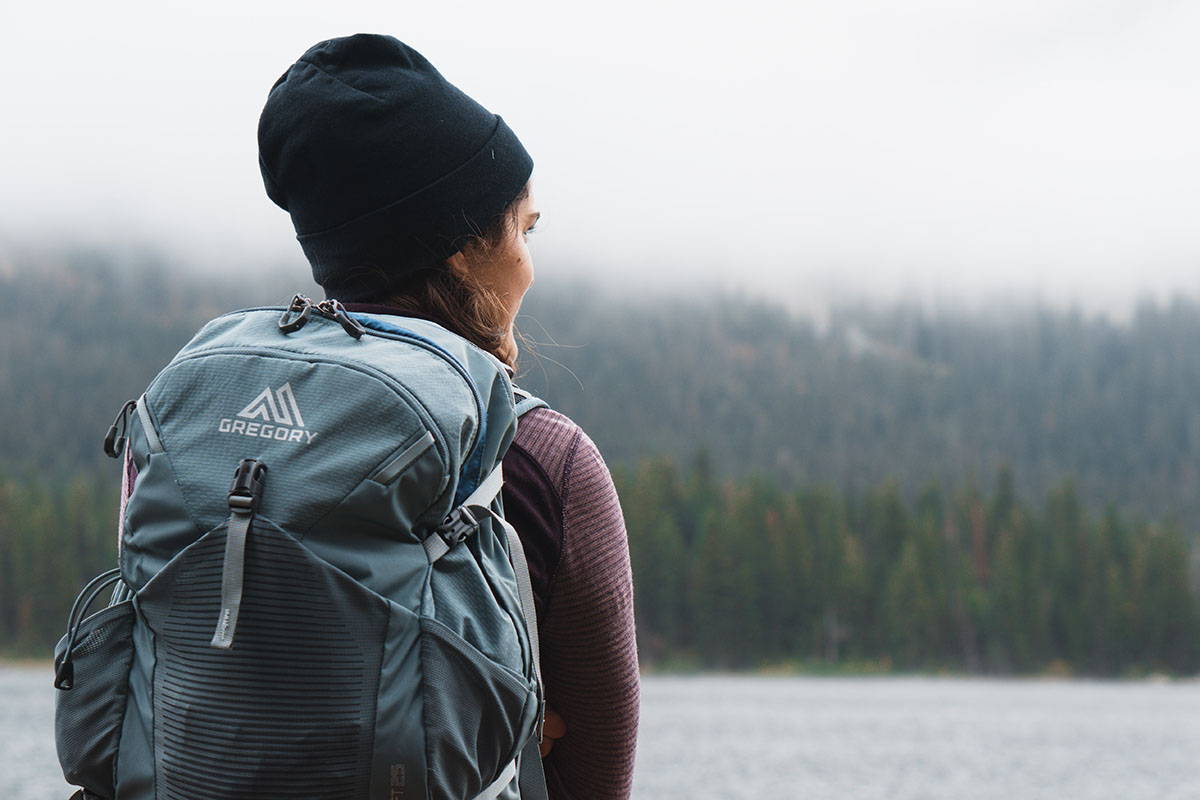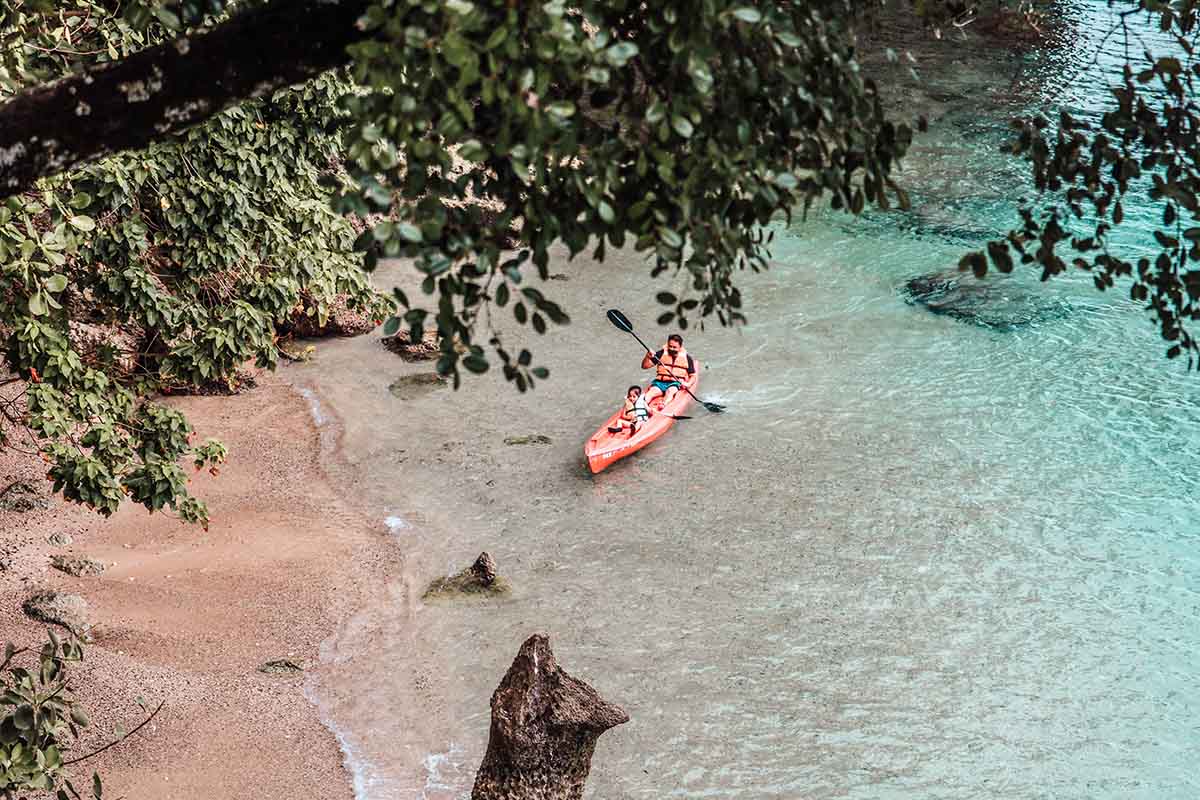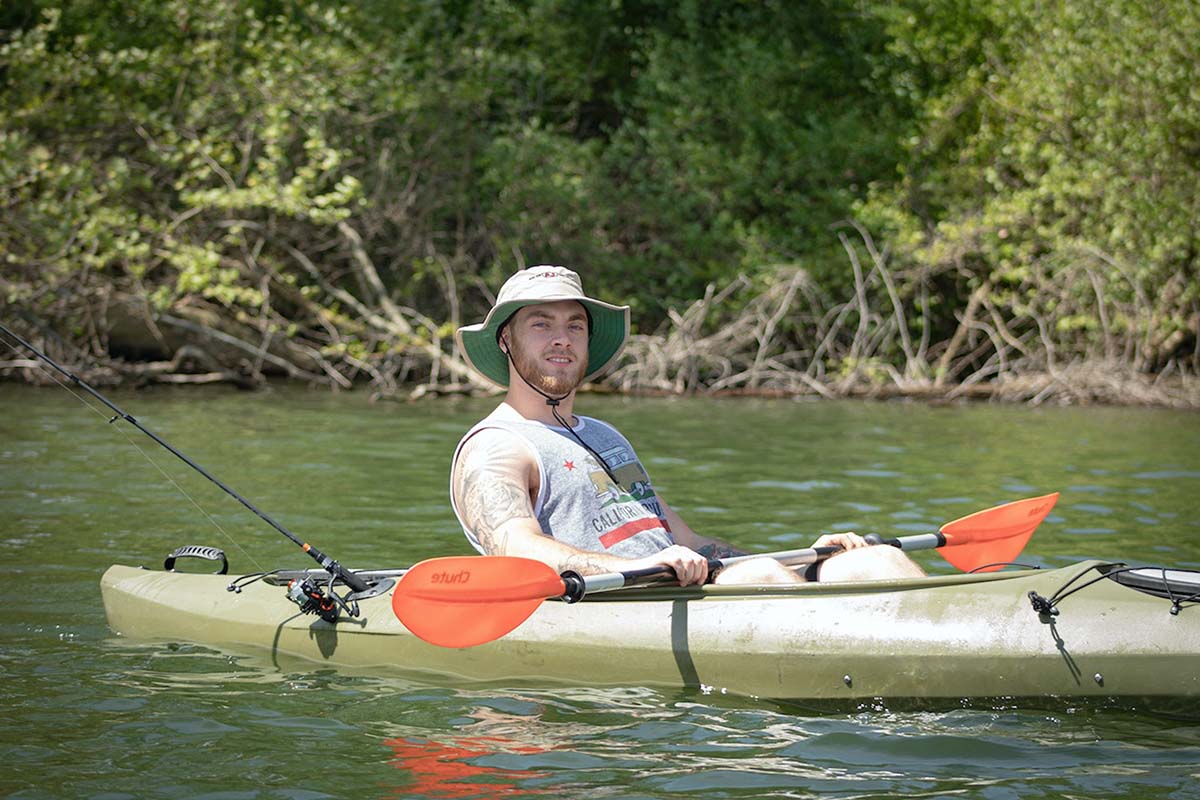How to Pack your Backpacking Pack
No matter how far you’re going to hike, a quality backpack that fits well without scratching, scraping, or blistering is critical. You’re also going to need shelter, a place to sleep, bathroom gear, food, and water. Finally, a first aid kit and bug dope will have to be included.
Finding the Right Pack for Your Needs
Once you have all the gear that you will need to carry with you, you’ll need a pack that suits you well. You want something that can be strapped close to the body. It’s an excellent idea to manage the majority of the weight of your pack against your shoulder blades; a top-heavy pack will put a lot of pressure on your back and can lead to a fall.
When trying on packs, do your best to get one that:
- contours to your back;
- straps well at the waist;
- snugs down at the shoulders without rubbing when you move your arms.
The more framing structure to your pack, the more weight. Instead, try to build structure into your pack by filling it effectively.
Build Your Base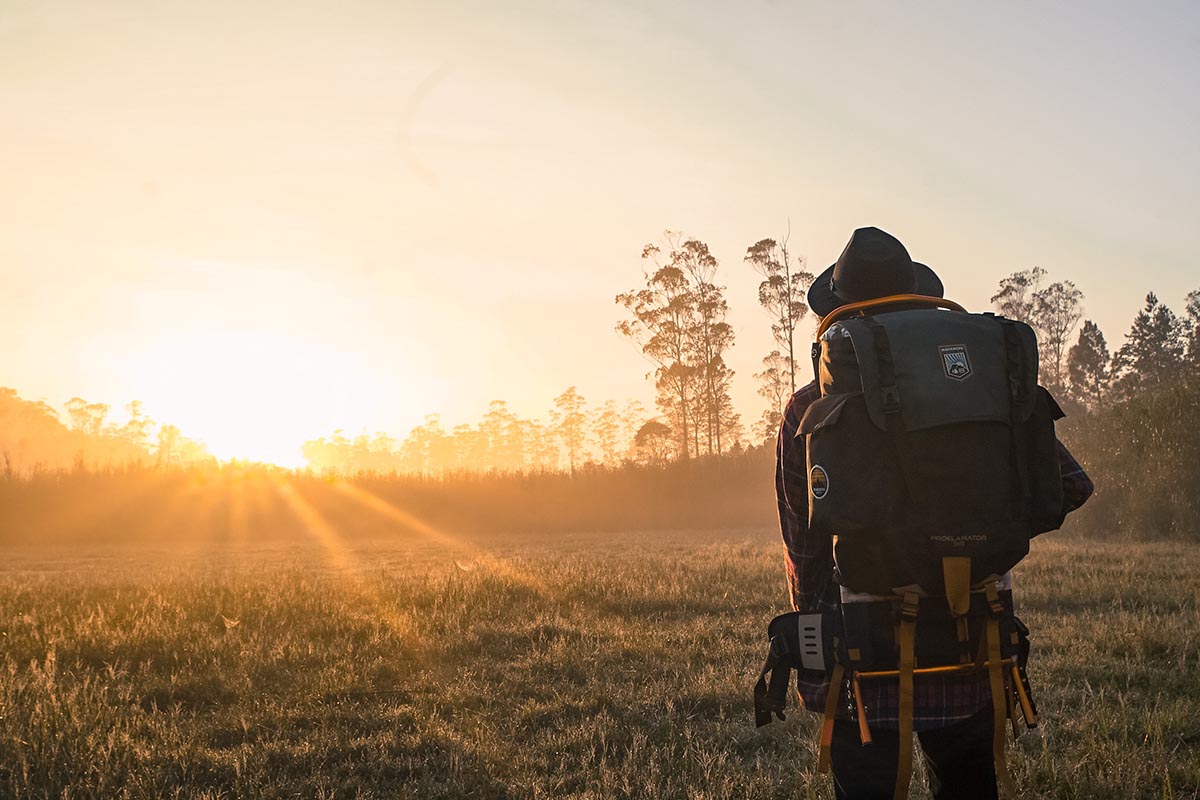
According to hiking and camping experts at Yeshiking.com, you should put it in your sleeping bag at the bottom of the pack. This bulk will be a solid base and fill out the pack well. On top of this, put in your extra clothes and other lightweight but bulky items. Your sleeping shelter can also go in here, and if you’re carrying extra tent poles, consider strapping them to the side of the pack for structure.
Depending on where you’re carrying your water, wrapping these soft items in a heavy-duty plastic bag is a good idea to avoid sleeping in a wet bag from a water leak. Once wrapped in the plastic, fold down the drawstring tie under the soft goods so that, even if you do get a water leak, it won’t soak into your clothes or bedding. If your pack has bottom straps, roll your sleeping pad and strap it to the bottom of the pack, or put it on top of your soft goods to serve as a base for heavier items.
Fill Out the Middle
The heaviest things should ride close to your body against the upper back muscles. If the weight is too low, it will tire your core muscles and cause lower back pain. These items include
- your bear canister (as necessary)
- food
- cooking pots
- water bladder
- ax and/or shovel
- water bladders
Please look at your cooking pot or pot and ensure you’re putting it to the best use. Can you fill it with extra water filters or even clean clothes? Everything in the pack with a void should be filled before adding the next layer.
Complete the Pack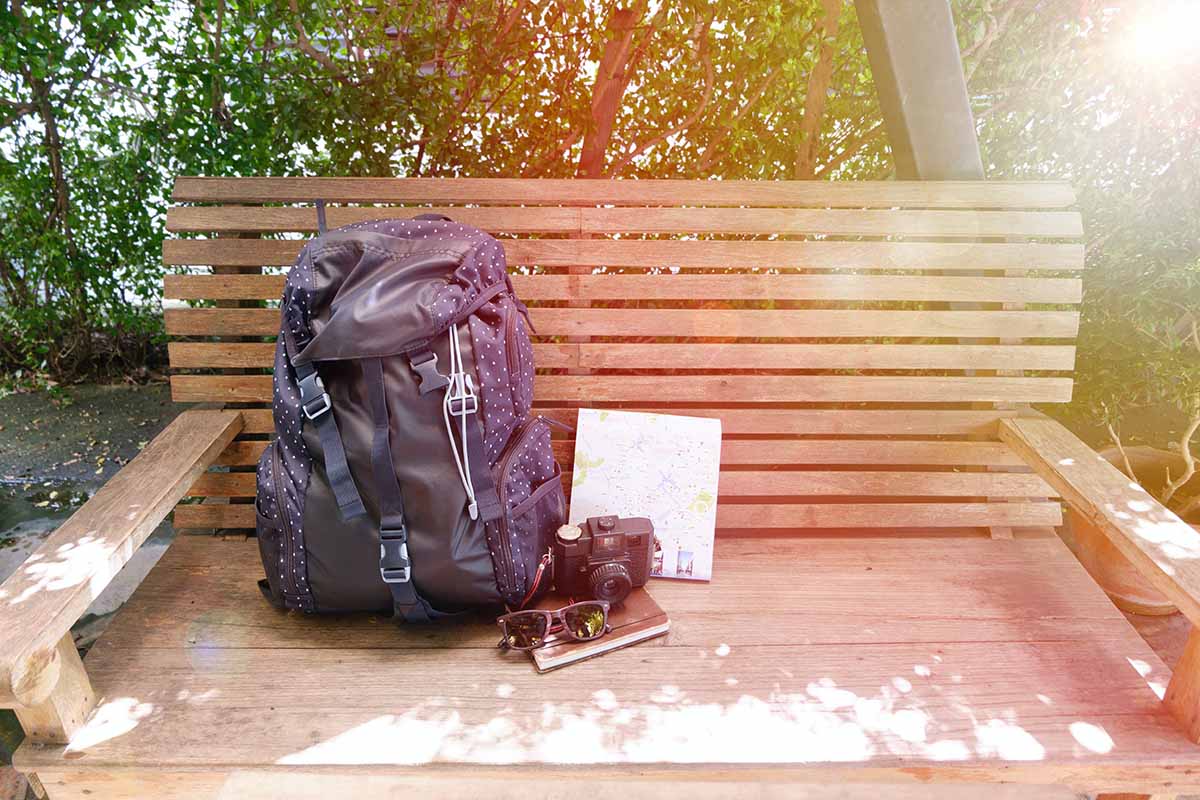
At the top of the pack, things that are of medium weight, such as your cooking stove, or that you may need quickly, like your first aid kit. Carrying a filtering water bottle is critical to maintaining your best health.
This stacking and packing style will also make more sense when it’s time to unpack and make camp for the night. If you stop in the middle of the day to remove your socks and shoes so your feet can breathe, you don’t want to be fiddling with the sleeping bag at the top of the pack.
How to Pack Backpacking Pack: Accessories, Pockets, and Add-Ons
At the zippered pack at the top, keep things you’ll need quickly. This can include bug spray, sunscreen, lip balm, a headlamp, or a GPS tool. It’s a good idea to keep your rain jacket close at hand in case winds or a storm come up. Depending on the expected temperatures, you might start the day in a cotton tee with a fleece jacket over the top. Cotton will keep you cool, while fleece will hold in body heat. A rain jacket over fleece can be pretty cozy.
While there are many water-resistant packs out there, it’s important to get either a waterproof cover or another hearty plastic bag to quickly wrap around the whole structure. The plastic bags that line trash compactors are quite durable and long-lasting.
Test, Adjust, and Balance
No matter where you’re going to be hiking, make sure that your pack feels good against your skin while you’re wearing a tank top or one thin tee. Layered up, things like buckles and straps won’t be that much of a bother, but if you end up hiking on a hot day, you’re going to want to be able to easily move without scraping or rubbing against a bumpy seam or a strap that digs into your skin. Now you know how to pack a backpacking pack.
